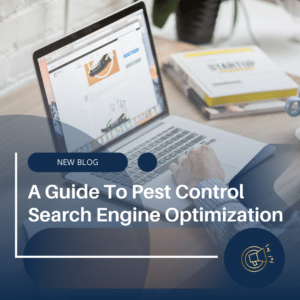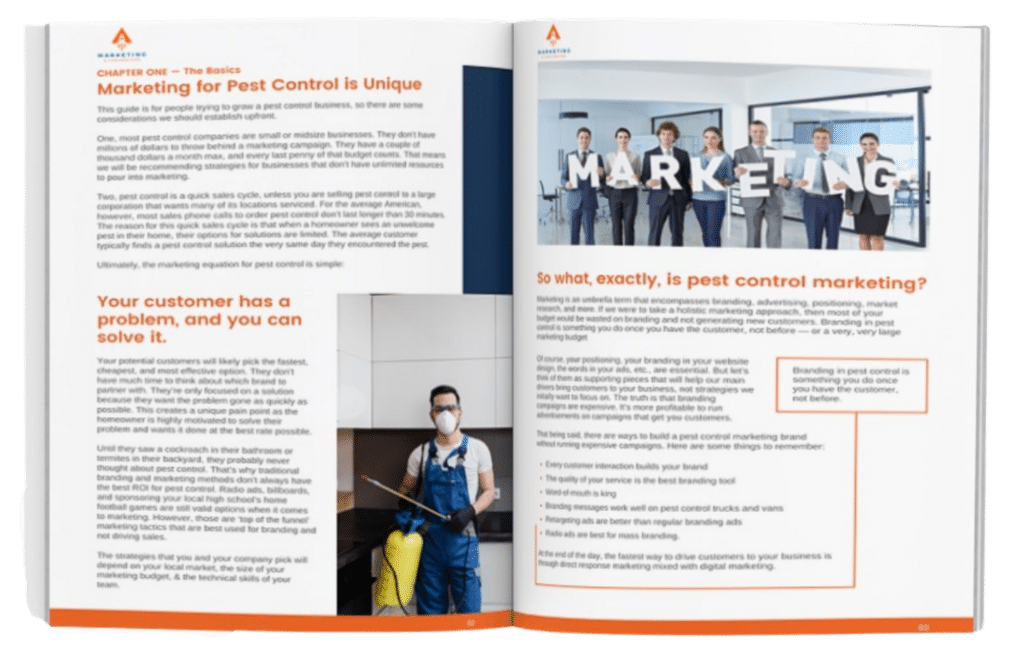
How to pick a marketing agency
How to pick a marketing agency Here’s a truth that can be hard to swallow: Even the best product or service in the world won’t
Local SEO is critical to any local business’s online digital marketing strategy that targets customers in a specific geographic area. By optimizing your online presence to appear in local search results, you can attract more foot traffic to your brick-and-mortar location, boost local online sales, and build a loyal customer base in your community. However, many businesses make common mistakes that can hinder their local SEO efforts and prevent them from achieving the desired results. In this blog post, we’ll explore six common local SEO mistakes and provide practical advice on how to fix them. By avoiding these mistakes, you can improve your local search rankings, reach more potential customers, and grow your local businesses effectively in the digital landscape.
Mistake 1: Inconsistent NAP Information
Mistake 2: Neglecting Google My Business
Mistake 3: Failing to Gather and Manage Online Reviews
Mistake 4: Not Optimizing for Local Keywords
Mistake 5: Neglecting Mobile Users
Mistake 6: Overlooking Local Content and Link Building
Let’s dive into these common local SEO mistakes and discuss the steps or best practices you can take to correct them, ensuring your local business stands out in the local search landscape
Local SEO is a strategic process that optimizes a business’s online presence to attract more customers from relevant local searches. These searches take place on Google and other search engines, meaning your business needs to be optimized for the area where you operate. By enhancing your local SEO, you’re aiming to appear in the coveted ‘local pack’—the block of businesses that appear at the top of the page when someone conducts a local search. Integrating tools such as Google Analytics and Google Search Console can significantly enhance your ability to track organic traffic and refine your local SEO strategies.
However, without a keen understanding of local SEO dynamics, it’s easy to make mistakes that can undermine your efforts, so it’s crucial to recognize and avoid common pitfalls.
For local SEO, it’s crucial to keep your business’s Name, Address, and Phone number—collectively known as NAP—consistent across all online platforms. This includes your website, social media, online directories, and Google My Business. When your NAP details match everywhere, it helps search engines understand and trust your business, improving your visibility in search results. It also makes it easier for customers to find and contact you.
If your NAP details differ in different places, it can cause confusion. Search engines might not show your business as prominently, and people might question whether your business is reliable. This can lead to fewer customers and harm your business’s reputation.
To avoid these issues:
This will help maintain a professional image and ensure customers can easily find you.
Another frequent mistake involves neglecting Google My Business — a critical tool for local SEO. Your business needs to be found in local searches and on Google Maps. If you ignore it, your business might not appear when people search locally, and they won’t find important details like your opening times or services. Plus, you’ll miss out on a valuable chance to get customer reviews, which can help your reputation. To avoid this mistake, claim and verify your GMB listing, keep your Google business profile up-to-date, and encourage happy customers to leave reviews.
Also, Neglecting local business listings and citations is like missing out on potential earnings. These will strengthen your local SEO by offering consistent and precise details about your business online and act as routes for prospective customers to discover you. To benefit from this, make sure your business is included in all pertinent directories, especially on platforms such as Google My Business, Yelp, and Bing Places, and the information is consistent and current. Keeping a close eye on and overseeing these listings regularly can greatly boost your presence in local search results.
Neglecting the power of customer feedback is a critical oversight in any local SEO strategy. Online reviews serve as feedback on the quality of your service and the satisfaction of your customers. They are not just mere comments; they are powerful indicators that contribute significantly to your business’s online reputation.
When potential customers search for local services, they often rely on the experiences shared by others to make informed decisions. Positive reviews can sway their choice in your favor, while negative feedback can deter them. This is why actively managing your online reviews is crucial. It’s a dynamic process that involves not only encouraging customers to leave positive feedback but also addressing any negative comments promptly and professionally.
By engaging with reviews, you show that your business values customer input and is dedicated to continuous improvement. This level of engagement can lead to better customer retention and attract new clients who appreciate a business that listens. Moreover, search engines like Google take note of this interaction and often reward businesses that have a higher number of quality reviews with better visibility in search results.
Furthermore, reviews can provide you with invaluable insights into what your business is doing right and areas where it can improve. This feedback loop can be a powerful tool for business growth, allowing you to refine your services and offerings to better meet the needs of your clients.
Not optimizing your website for local keywords is like having a shop with no sign. It means you’re missing out on the chance to tell people in your local area what your business offers. It’s essential to conduct local keyword research with an understanding of search intent—the reasons and goals behind the words people in your area use when searching for the products or services you offer.
Once you have a list of these local keywords, you should add them to your website in a natural way. Put them in the text on your pages, title tags, meta tags, meta descriptions (which are part of the code that describes your page to search engines), and even in the addresses of your web pages (the URLs). By doing this, you make it more likely that your business will show up in search results when people nearby are looking for what you sell or do.
But it’s not just about adding keywords anywhere. You have to be smart about it. By aligning your content with local search intent, you ensure that your business is visible and relevant to those who are most likely to become your customers. The target keywords should fit smoothly into your content so that everything reads well. And you shouldn’t use too many keywords or the same ones too often. This can make your website look spammy, and search engines might not like it.
Remember, the goal is to make sure that when someone in your local area is searching for something you offer, your business comes up. This way, you’re like a shop with a big, clear sign that says exactly what people can find inside. It’s a simple but powerful way to connect with local customers and grow your business.
By regularly updating your website with the right local keywords, you’re taking an important step in making your business easy to find and trustworthy. It’s a straightforward approach that can lead to more customers and a stronger presence in your community. There are a lot of SEO tools for keyword research that you can use, like AHREFS, SEMRUSH, etc.
A mobile-friendly website should have a responsive design that adjusts smoothly to fit the screens of various devices, from phones to tablets. It should also load quickly, ensuring that visitors don’t have to wait long to access your information.
If your website isn’t designed with mobile users in mind, it can lead to a poor user experience for potential customers. They may find it difficult to navigate your site, or it may not display properly on their device. This can be frustrating and may cause them to leave your site in favor of a competitor’s.
Additionally, Google and other search engines may lower your site’s ranking in search results if it’s not mobile-friendly, making it harder for people to find your business when they’re searching online.
To make sure you’re not neglecting mobile users, it’s a good idea to regularly test your website on different devices. This will help you spot any issues with how your site looks or works on mobile. If you find problems, working with a web developer is a smart move. They can help you make the necessary changes to improve your site’s mobile usability.
When it comes to building a strong online presence, one cannot afford to overlook the importance of local content and link-building. It’s like trying to navigate a ship without a compass; you might move forward, but you’ll likely be off course. Local content is the material you create that speaks directly to the community you serve. It’s about tapping into the local culture, events, and issues that matter to the people around you. This kind of content is not only more engaging for your audience, but it also signals to search engines that your business is relevant to the area, which can help improve your position in search results.
Similarly, link-building within your local community is a powerful tool. Think of each link from a reputable local source as a recommendation. The more recommendations you have, the more search engines will see your site as a valuable resource for local users. This can lead to better rankings and more visibility among people who are most likely to visit your business.
To effectively incorporate local content and link-building into your strategy, start by understanding what your local customers are interested in. What are the common concerns or popular topics in your area? Create content that addresses these points. It could be blog posts about local events, guides on local services, or articles that tackle local news. The key is to make it relevant and useful.
For link building, reach out to other local businesses and organizations. Look for opportunities to collaborate or participate in community events. These connections can lead to natural backlinks to your website, which are incredibly valuable in the eyes of search engines.
Remember, local SEO is an ongoing process, not a one-time fix, so continuously monitor your progress and adjust your strategies as needed to stay ahead of the competition and remain visible to your local audience.

How to pick a marketing agency Here’s a truth that can be hard to swallow: Even the best product or service in the world won’t
To ensure that your marketing dollars are contributing to your pest control company’s growth, You have to ensure profitability. There are a lot of ways to ensure profitability but in this blog post we will tackle just three of them and if you implement them early, you are a lot more likely to fill your routes with ideal customers that love to live pest free.

Growing a pest control business involves online strategies. Partnering with a pest control digital marketing agency can enhance your online visibility further.

Marketing automation is a digital marketing strategy that uses technology to automate repetitive marketing tasks and workflows.

Customer journey is often visualized through a concept known as the digital marketing funnel. This visually represents a potential customer’s stages before purchasing or taking a desired action.

Most of the time, the company won’t have to pay for anything in email marketing. They can easily build their contact lists on their website when their visitors subscribe to them. They can also buy contact lists from other businesses, which can only cost a few bucks for thousands of emails. So if you’re considering doing email marketing for your pest control business, below are 10 tips you can apply to your campaign.

Schedule a 15-minute discovery call to discuss how GrowthBound Marketing can help your business grow.

Grab your free copy of our Ultimate Pest Control Marketing Guide and uncover 10+ years of pest control marketing secrets.
Our Promise
We love working with and growing local businesses. If we can’t help, we’ll send you to someone who can.